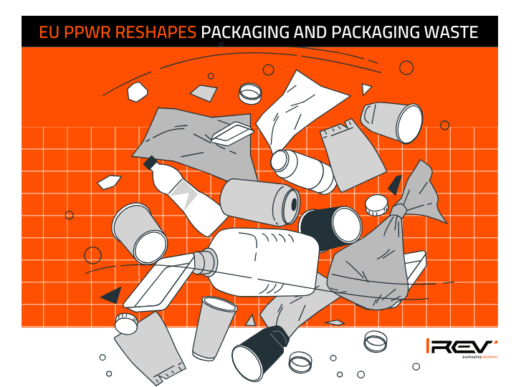
What will change from 2026 for packaging and its disposal
In February 2025, the PPWR, Regulation (EU) 2025/40 on packaging and packaging waste, entered into force.
The regulation updates and complements the previous texts with some new provisions.
A step back: environmental labelling from the beginning
Environmental labelling, meaning the obligation to indicate the composition and methods of reuse and recycling on all packaging, has been discussed for decades.
This very sensitive issue has been addressed repeatedly:
- Since 2006, it has been mandatory to identify the material each package is made of, to provide clear instructions for recycling.
- In 2020, these indications were required to become clearer and more transparent for consumers as well, theoretically introducing a note on how to dispose of the packaging or an invitation to check with local regulations.
- In practice, however, disposal instructions were postponed multiple times and only became fully mandatory in 2023.
- So, what happens in 2025?
The new developments introduced by the PPWR
The 2025 PPWR establishes that labels must be standardised across the EU – a major step forward for consumers, who currently face unclear and inconsistent information.
To overcome the space limitations of physical labels, a digital format will also be adopted, which is QR codes to provide all relevant details.
From 12 August 2026, once the European Commission has defined (and hopefully explained) the standards of these harmonised labels, all packaging producers must comply with initial goals:
- demonstrate the exact composition of their packaging;
- reduce excessive weight and volume (no more than 50% empty space inside the packaging);
- eliminate hazardous substances from packaging and recycled materials;
- begin applying the principle of design for recycling, which requires that by 2030, all packaging on the market must be at least 70% recyclable.
Penalties will already be applied from 2026 for non-compliance with the initial objectives. In 2028, Harmonised and Digital Labelling will officially come into force, although a transition period will allow companies to sell off existing stocks.
But that’s not all: from 2029, in countries where recycling targets are not met, deposit return systems will be introduced to encourage the recycling of plastic and metal beverage containers.
And again, regarding plastic...
There is still talk of banning single-use plastics, even for unprocessed fruit and vegetables under 1.5 kg.
While this ban makes perfect sense for some products, it’s not appropriate for fresh produce.
Products that will definitely be banned include: ultralight plastic bags (unless used as primary packaging), baggage wrapping at airports, packaging for food and drinks consumed on site in hotels, restaurants and bars, disposable plates, cups and cutlery, and single-use cosmetics in the hospitality sector.
As for fruit and vegetables, no need to panic for now: each Country will define when plastic is strictly necessary for hygiene and safety reasons, and to avoid food waste. This principle will certainly apply to meat, cold cuts and fish – and hopefully also to tons of fruit and vegetables that would otherwise end up in the bin.
